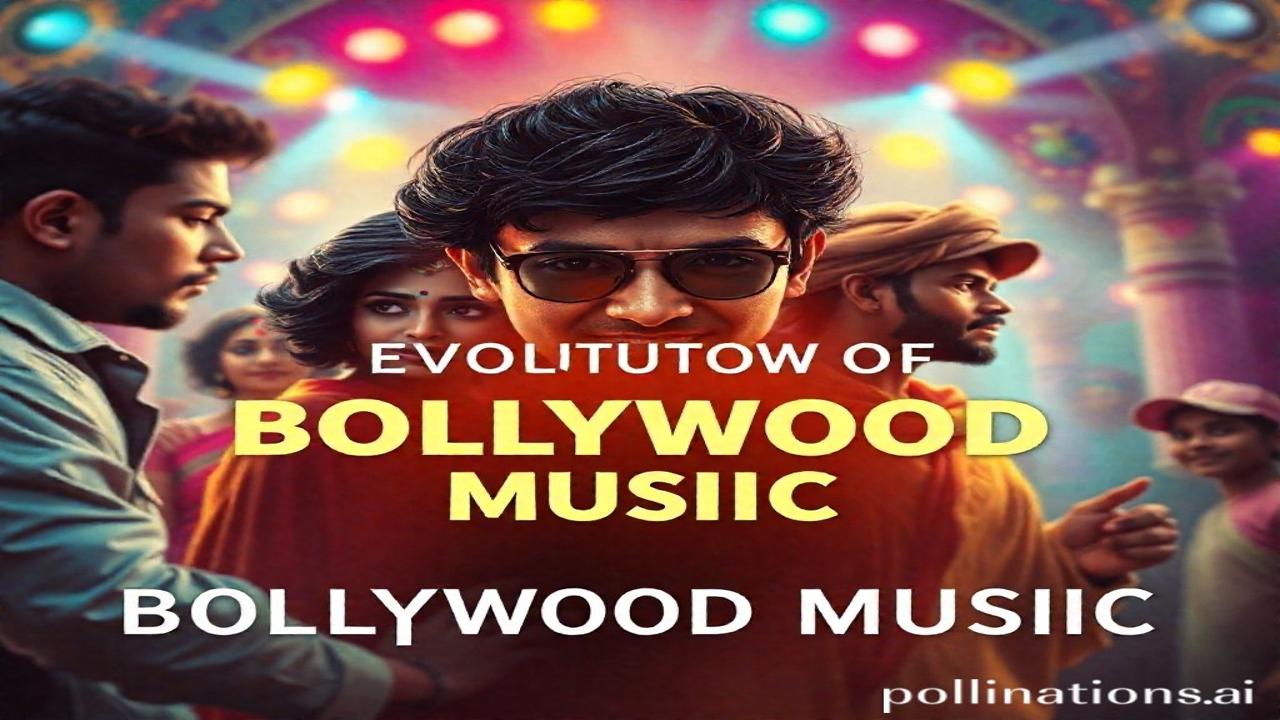Okay, let’s dive into the ever-evolving, ever-so-dramatic world of Bollywood music!
Bollywood Beats: A Musical Journey Through the Decades
Kabhi socha hai, uss zamane mein, bina digital sound effects ke, Bollywood music ne kaise dilon ko chhoo liya tha? Have you ever wondered how, in that era without digital sound effects, Bollywood music touched hearts? Let’s rewind the time and explore the magic that is Bollywood music, decade by decade. It’s not just tunes; it’s the soundtrack of India’s soul.
The Golden Era: A Historical Context
What exactly is Bollywood music? It’s more than just songs in Hindi movies. It’s a vibrant blend of classical Indian ragas, folk melodies, and Western influences, all poured into the cinematic storytelling that Bollywood is famous for.
It all started taking shape in the 1930s, blossomed in the 40s and 50s, and reached a golden peak in the 60s. Picture this: the rise of talkies, the end of British rule, and a nation finding its voice, literally and figuratively. Composers like Naushad, C. Ramchandra, S.D. Burman, and lyricists like Sahir Ludhianvi, Shailendra, and Majrooh Sultanpuri became household names.
Why is this era so important? Because it laid the foundation. It gave us melodies that still resonate, lyrics that still move us, and singers like Lata Mangeshkar, Mohammed Rafi, and Kishore Kumar, who are practically deities in the world of Indian music. Yeh woh zamana tha jab film ‘Mother India’ ki dhunon ne logon ko rula diya tha. (This was the era when the melodies of the film ‘Mother India’ made people cry.)
Zameeni Sach – People and Life Back Then
Imagine a small village in India, 1955. Ma Rukmini apne radio par ‘Mera Joota Hai Japani’ sun rahi hain, aur unki beti, Lakshmi, dance kar rahi hai. (Mother Rukmini is listening to ‘Mera Joota Hai Japani’ on her radio, and her daughter, Lakshmi, is dancing).
The radio was a lifeline, connecting people to a world beyond their villages. Bollywood music offered an escape, a glimpse into a glamorous world of romance, heroism, and drama. Composers and lyricists often drew inspiration from the everyday lives of ordinary people, reflecting their hopes, dreams, and struggles in their songs. The songs mirrored the post-independence aspirations and the yearning for a better future.
Think of the tonga wala humming a tune while driving, a farmer resting under a tree listening to a song on a transistor radio, or a family gathered around a gramophone, sharing precious moments over their favorite songs. Yeh sangeet unki zindagi ka hissa ban gaya tha. (This music had become a part of their lives).
Cultural Significance Today: A Timeless Legacy
Even today, you can walk into any Indian wedding and hear classics from the Golden Era. Songs like “Lag Jaa Gale,” “Pyar Kiya To Darna Kya,” and “Chaudhvin Ka Chand Ho” are timeless and deeply embedded in our cultural fabric. Yeh sangeet Bharatiyata ki pehchan hai, hamari dharohar hai. (This music is the identity of Indianness, our heritage.)
These melodies echo in modern remixes, cover versions, and even inspire new compositions. They serve as a bridge between generations, connecting us to our past while shaping our present. They remind us of a simpler time, a time of innocence and hope.
Fun Fact or Myth-Buster: The Unsung Heroes
Log samajhte hain ki Lata Mangeshkar hi sab kuchh thi. (People think that Lata Mangeshkar was everything.) But asli sach yeh hai ki (the real truth is that) hundreds of talented musicians, instrumentalists, and playback singers worked tirelessly behind the scenes to create these iconic songs. Many of them never received the recognition they deserved. From the skilled tabla players to the brilliant arrangers, they are the unsung heroes of Bollywood music. Think of the contributions of legendary music arrangers like Anthony Gonsalves – his innovations and artistry are still celebrated.
Visual and Sensory Layer: Sounds of the Era
Imagine the smell of incense sticks burning in a temple, mixed with the aroma of spices wafting from a nearby kitchen. The air is filled with the sound of temple bells and the melodic voice of Lata Mangeshkar singing on the radio. The temple walls feel cool and smooth to the touch, offering respite from the scorching heat. The streets echo with the rhythmic sounds of horse-drawn carriages and the laughter of children playing. Yeh ek jeevant chitra tha, ek anokha anubhav. (This was a living picture, a unique experience.) The sound of the sitar, the sarangi, the tabla, and the dholak were the instruments that created the magic.
Closing Insight or Quote
Sangeet toh ek dariya hai, jo har daur mein apni disha badalta hai, lekin uski gehrai hamesha barkaraar rehti hai. Music is like a river, which changes its course in every era, but its depth always remains. The evolution of Bollywood music is a testament to the enduring power of melody, rhythm, and the human spirit.
